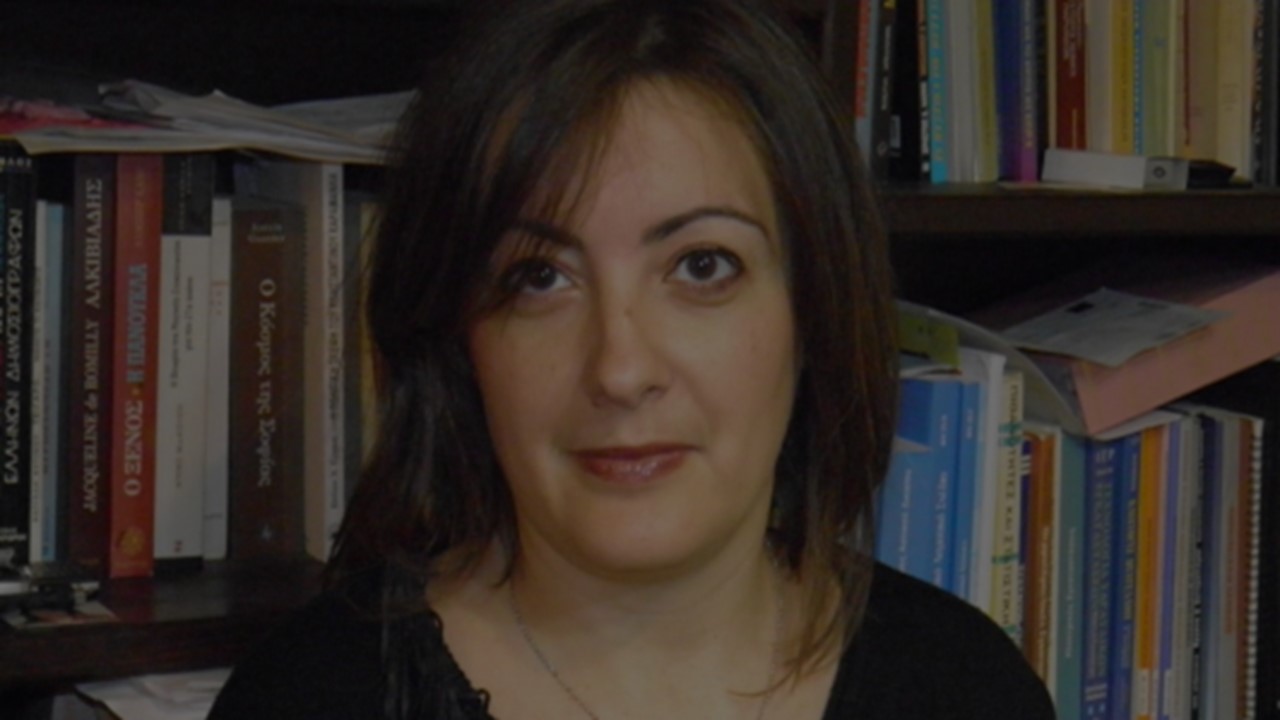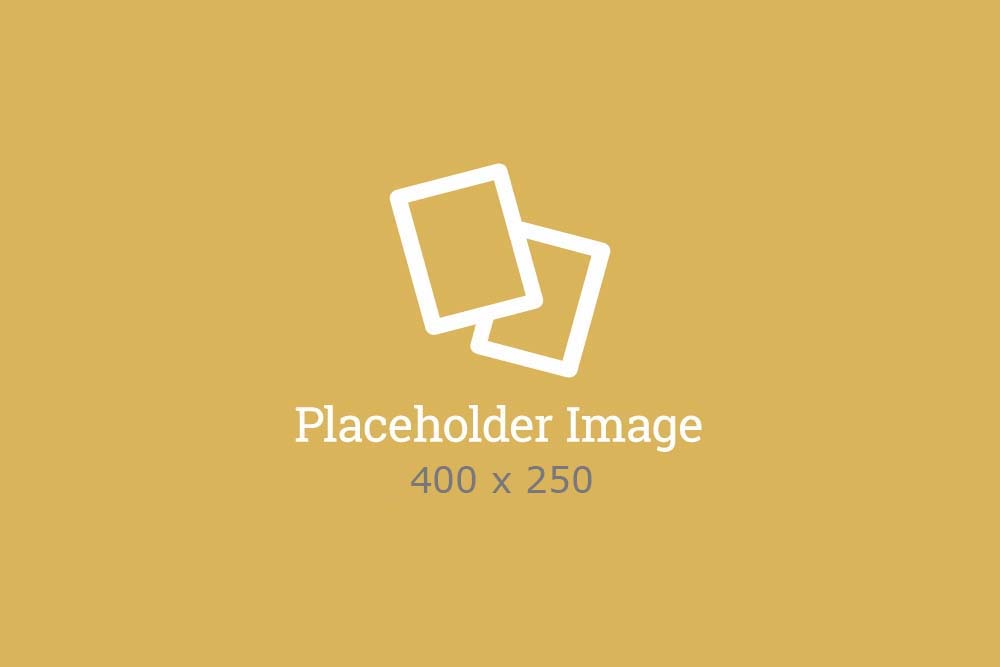The course material includes the:
Theory, methodology and use of physical properties of foods. The physical properties include
the: thermal, mass, structural, optical, rheological, electrical and acoustic ones.
The objectives of the course are to:
a) Acquire the fundamental knowledge of physical properties that is needed for the product design, testing and analysis of systems, processes, storage and handling of biological materials. Their application in formulation engineering and nanotechnology of foods is also an objective.
b) to master the use of experimental testing equipment with respect to physical properties and to correlate objective tests to subjective ones such as sensorial trials.

